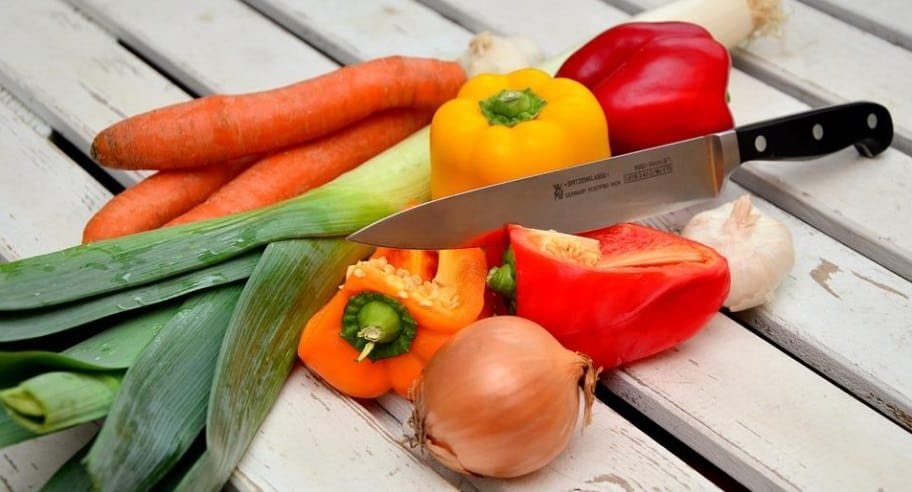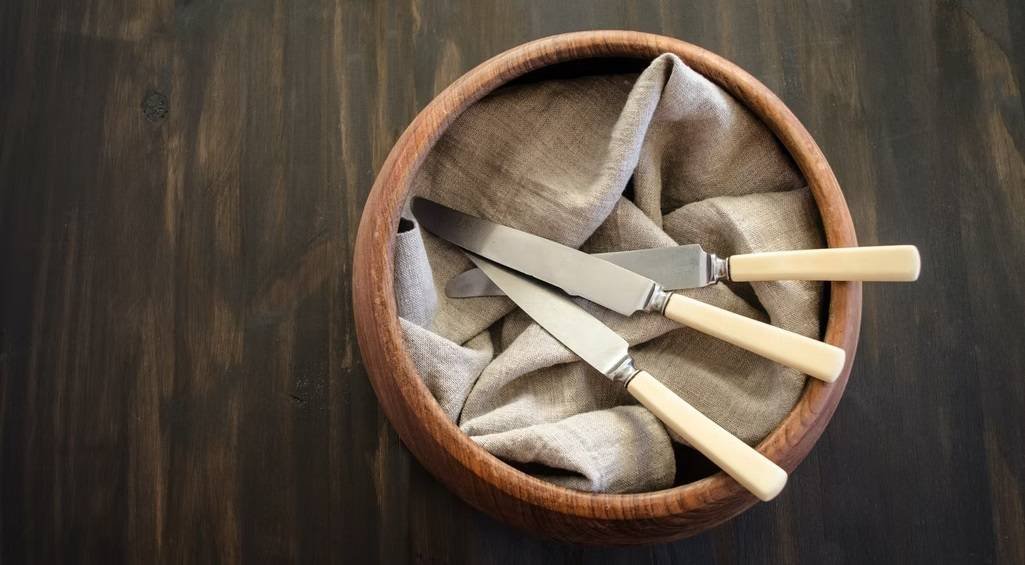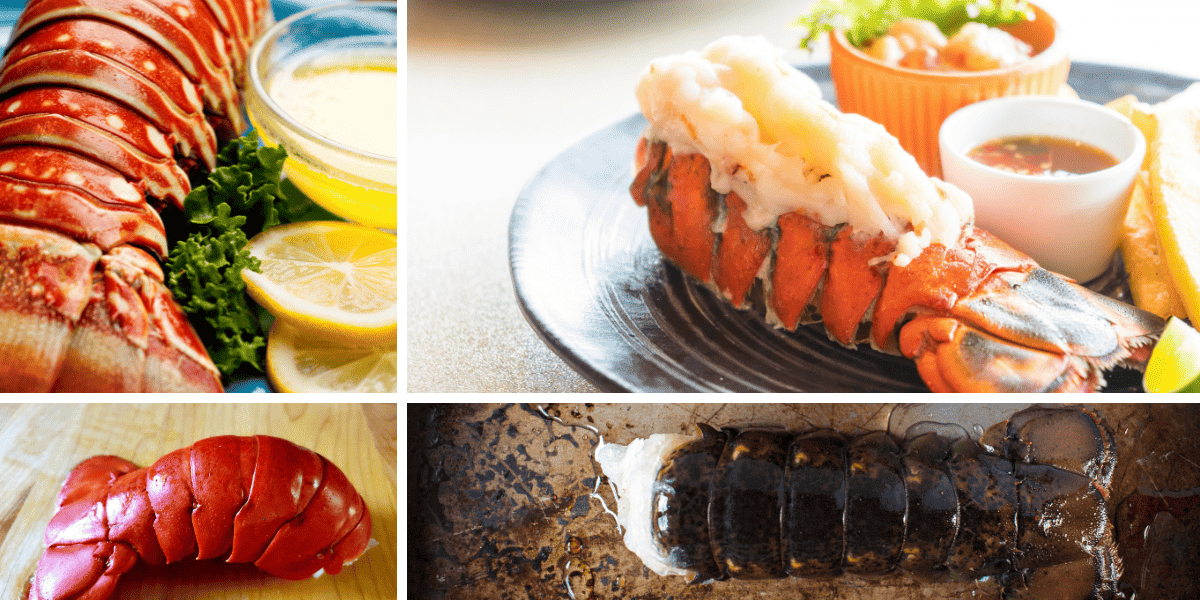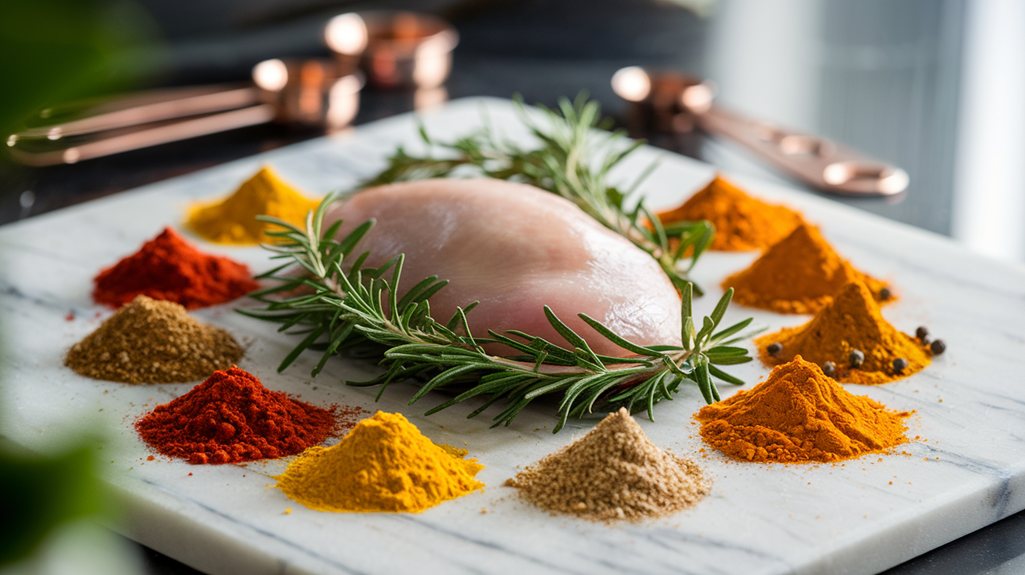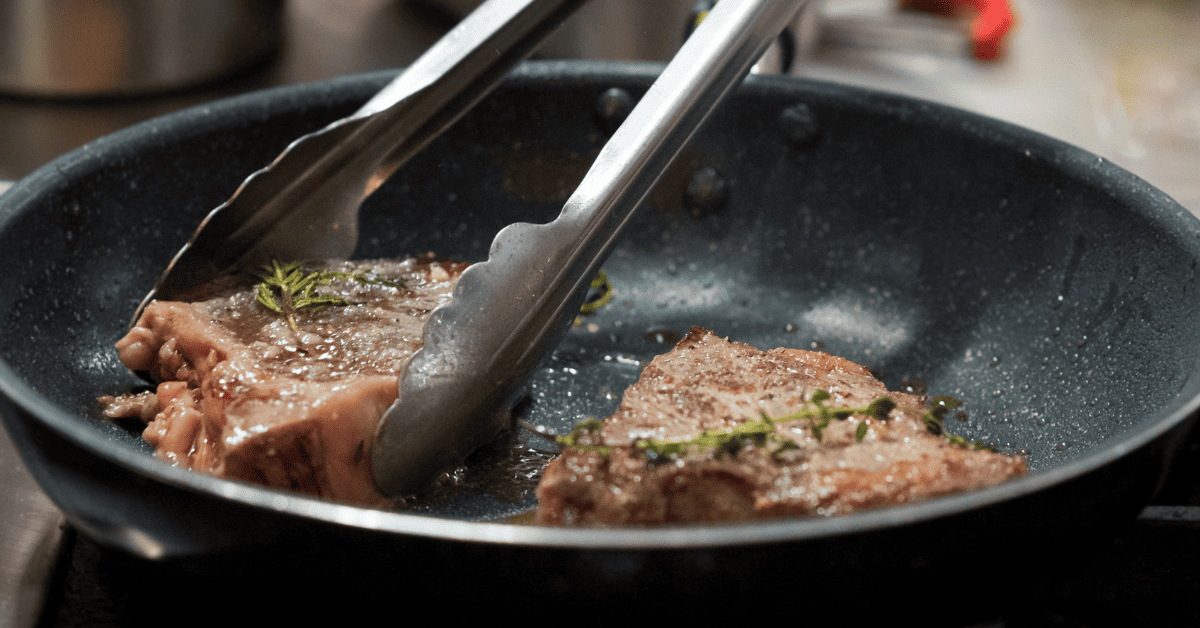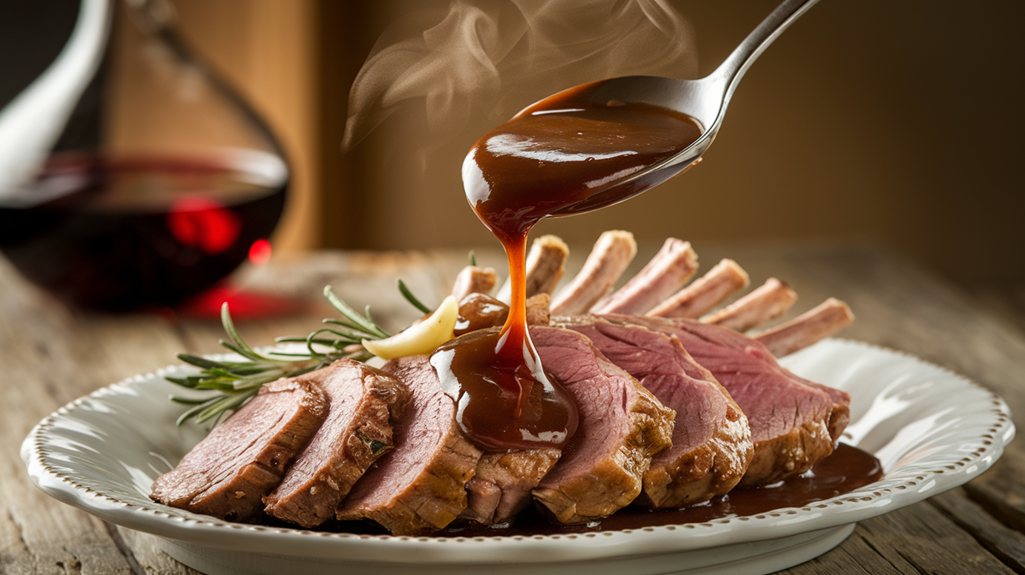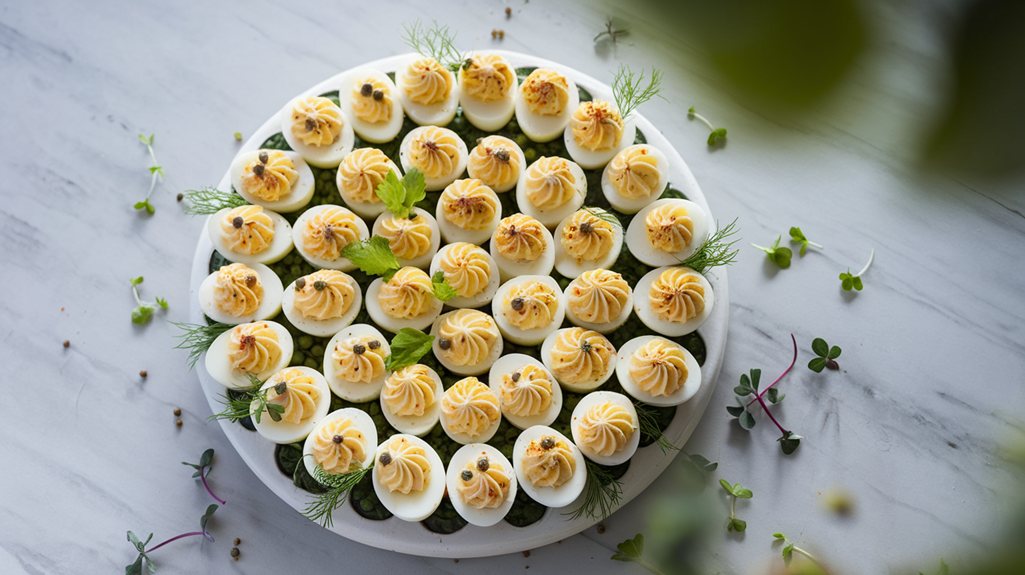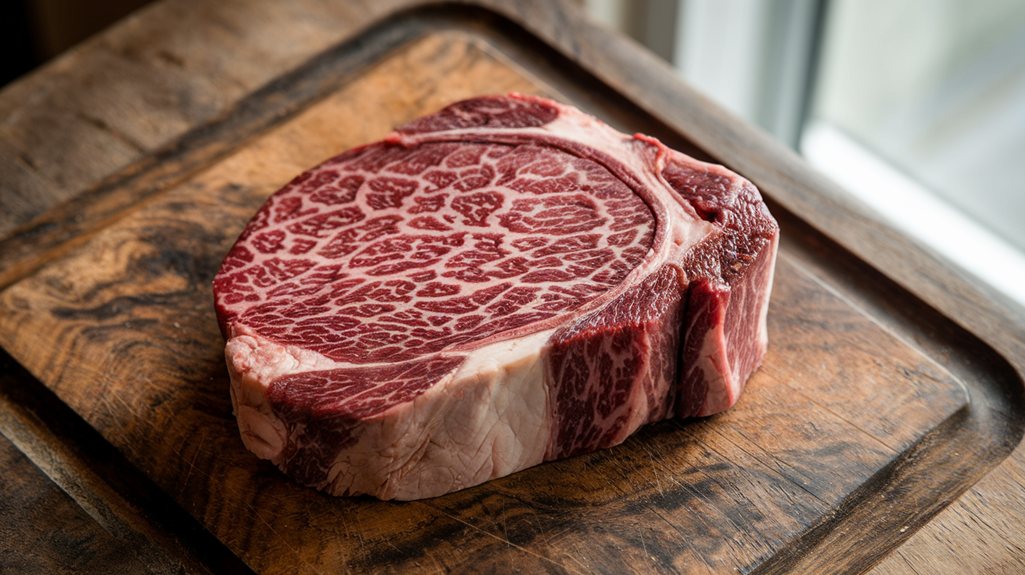How to Hold A Knife Properly, your favorite chopping position with which you have prepared countless meals without accidents might harm you in the long run. If you cook for hours, there is a possibility that you will subject your wrist to continuous strain. According to Michigan Surgery Specialists, this even increases your susceptibility to developing carpal tunnel syndrome.
It is essential to determine whether your technique is efficient and if there is room for improvement. There are reasons most culinary arts programs will start with teaching how to hold a knife properly, something that we feel comes to us naturally. Besides reducing strain on the wrist, these skills enhance kitchen safety and improve the cut quality. Stick around for efficient and safe knife-handling techniques that chefs have used worldwide.
I’ve used and recommend both knife block sets, Henckels Zwilling Pro 7-pc Knife Block Set or Classic 15-piece Walnut Knife Block Set, both available on Amazon. Visit the ZWILLING or Wüsthof Store on Amazon
How to Carry a Knife Safely in the Kitchen
To safely carry a knife in the kitchen, it is important to always hold it with the blade pointed downwards and turned towards your thigh. Ensure that your arm remains rigid to avoid any unnecessary movements. Additionally, when walking behind your colleagues, it’s a good habit to alert them by saying, “knife on your back!” as a precautionary measure.
How To Hold a Chef Knife
To properly hold a chef’s knife, use your thumb and forefinger to grip the blade’s heel and wrap your remaining three fingers around the handle. This grip will provide better control, increasing cutting accuracy and speed while reducing the likelihood of slipping and minimizing the risk of accidents.
The Pinch Grip or Blade Grip
Most professionals employ this style; you see slicing various ingredients like machines on cooking shows. A significant part of that swiftness and grace stems from their prowess in handling the knife. This is how they do it:
- Balance the knife in the palm of your dominant hand so you can get the most natural grip.
- Grip the knife handle with the last 3 fingers (middle finger, ring finger, and pinky finger) with the middle finger on the bolster.
- Let your index finger rest against the blade and curl it towards the handle.
- Place your thumb on the opposite side of the blade from where the index finger is.
- Using your thumb and index finger, clasp the blade on both sides in front of the bolster as you pinch it for guidance as you cut. (It derives both its names from this part)
There is a slight variation of this grip when using a paring knife. Your thumb rests on the blade instead of the side to give the knife more power.
This pinch grip lets you hold the knife at its balance point, enabling the fingers to be light around the knife, so guiding it will be easy, improving your cut accuracy. Your hand and the knife will move as a unit, making the process less tiring.
It takes a bit of getting used to and might even be scary initially, but once you master this grip, you will find that it is the most efficient way to hold a knife. There is a reason a lot of seasoned chefs swear by this method. They allow the perfect execution of different knife cuts.
This short video by the wellness chefs at the ELLICSR cancer treatment center illustrates everything we have described thus far. It’s worth checking out.
The Handle Grip
This grip is the default for most newbies and cooks with small hands that can’t comfortably extend from the handle to the knife blade. It is also called the all-purpose grip due to its popularity with chefs of all skill levels.
The user grips the knife handle with all the fingers behind the blade, neatly tucked behind the bolster.
While it’s a comfortable and steady grip, it has less control and won’t enable as much precision as the pinch grip for cuts that require more accuracy. The bulk of the grip is so far from the end of the blade that it becomes difficult to maintain precise cuts.

The Claw Grip: The Role of The Other Hand
This grip is how your less dominant hand comes into play by holding the ingredient to be cut by the knife. You can hold the ingredients to keep your fingers out of the way without losing the grip. You should also perfect the process of protecting your hand even as you learn to control the knife.
In addition to holding the ingredient, your off-hand doubles as your guide and is essential to produce even dice or precise slices.
Keep the blade flush against the knuckles while cutting so you can use them as a guide to align the knife. Ensure the fingertips curl, facing the inside of your palm, while holding the ingredient(s) to minimize the risk of injury.
Hold the ingredient(s) on the chopping board with your fingertips, so the fingers are angled away from the blade. It resembles an eagle’s claws as it hooks its prey, which explains the adaptation of the term “claw grip.”
Avoid raising the blade’s cutting edge above your knuckles, as this will expose your fingers to accidents on the way down.
Mincing
Mincing involves chopping up ingredients into small pieces.
The best method of holding the knife for mincing combines the blade grip on one hand, the claw grip on the other, and what we like to refer to as the rock chop that we shall illustrate.
Anchor the tip of the knife against the board, and move the knife up and down in a rocking motion along your fingers, from front to back. The tip doesn’t leave the cutting board, but the blade edge works through the ingredients, cutting them into small pieces.
What Difference Does How You Hold the Knife Make?
Personal Safety
Knives can be dangerous, and you should handle them with care. Holding the knife properly keeps your fingers and, by extension, you safe from injury. This knife safety guide is an excellent reminder of all the things we take for granted that stretch beyond holding a knife properly.
Enhanced Efficiency
If you hold a knife properly, you can chop your ingredients faster without straining your wrist or extending too much effort, allowing you to cook longer without getting tired.
Accuracy
Precision is significantly affected by how you hold a knife. The grip determines your hand’s flexibility and can boost or compromise your dexterity.
Conclusion
Knowing how to hold a knife properly enhances confidence in your cooking because you become efficient and make fewer mistakes. It also reduces the elbow grease required to present simple meals, making the process fun. Take time to learn new skills, as they are worth the trouble.
